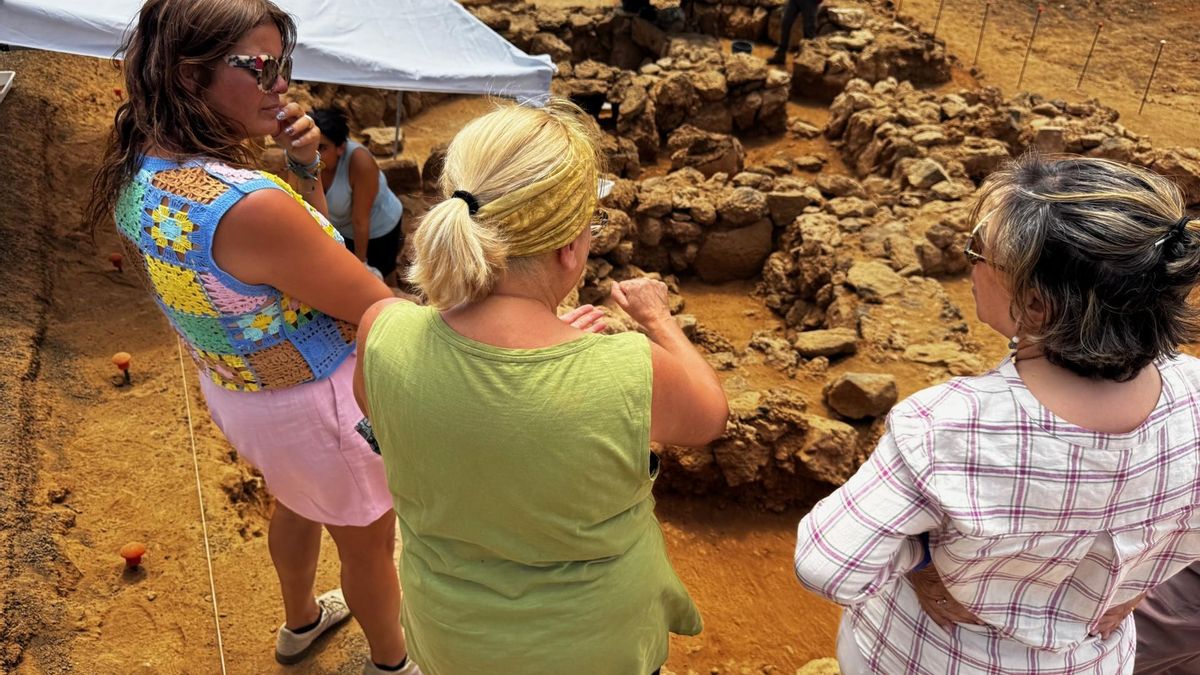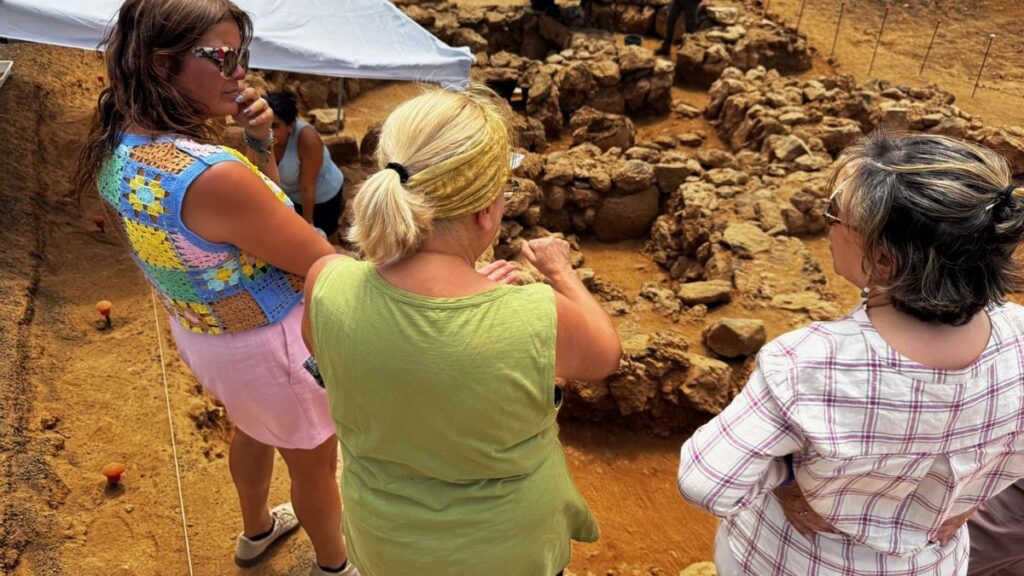Rewriting Lanzarote’s Ancient History
The colonization of Lanzarote may have occurred much earlier than previously believed, according to groundbreaking research. Studies by Pablo Atoche, Professor of Prehistory at the University of Las Palmas de Gran Canaria, based on findings from the El Bebedero and Buenavista archaeological sites, place the island’s protohistory “around 1,000 years before Christ.”
New evidence challenges old beliefs
Professor Atoche presented these findings in a lecture titled “The Protohistory of Lanzarote: Old Beliefs Versus New Evidence,” which opened the eighth Teguise History Conference. The conference runs until October 30th, closing with a presentation by paleontologist Juan Luis Arsuaga.
The professor highlighted six distinct lines of evidence confirming colonization long before the change of era: radiocarbon dating, stratigraphic contexts, imported Punic objects from the 6th century BC, human genetic studies, modern barley genetics, and population growth rates proposed by Antonio Macías.
A connected and changing indigenous culture
Atoche emphasized that Lanzarote’s archaeology holds a preeminent position for explaining the discovery and colonization of the Canary Islands, thanks to its proximity to the African continent and the existence of aboriginal sites where Punic and Roman objects have been recovered.
Contrary to the traditional view of an isolated, unchanging aboriginal population, he argues there existed a highly active indigenous community with continuous external contacts that successfully adapted to the island’s limiting circumstances. He describes this as “a connected and changing indigenous culture.”
Beyond the traditional archaeological narrative
Atoche also noted that the Zonzamas site is not “the paradigmatic site” in Lanzarote, as its contributions to protohistory don’t extend beyond the 5th to 7th centuries AD. This contrasts sharply with the much earlier dates from El Bebedero and Buenavista, which he says have been “disparaged like Lobos for falling outside the traditional framework of an isolated, static, and timeless vision.”
Decades of research yield exponential findings
During his Teguise lecture, Atoche reviewed various discoveries and studies from both sites, where 18 excavation campaigns have been conducted since 1985. He noted that “the increase in information and findings has been exponential,” complemented by dating results, stratigraphic sequences, and discoveries of indigenous and imported materials in deep levels.
He detailed findings from both sites, including elements linked to agriculture and numerous other artifacts such as a complete Roman amphora, two pieces of a circular mill, a cistern, and a room for treating hides.
Rigorous dating methods confirm the timeline
The samples from the structure outside the Buenavista site date to the 10th century BC, while interior samples date to the 6th century BC. At El Bebedero, samples date to around the 1st century BC.
To verify chronological reliability, researchers selected four different samples—some short-lived and others long-lived, including charcoal, ashes, bones, and excrement recovered from the same occupation level. These were immediately sent to the laboratory to avoid contamination and subjected to four distinct analyses: radiocarbon dating, phytoliths, and two different types of paleopollen studies. All four methods yielded the same chronology, confirming the remarkable early dates of Lanzarote’s settlement.


